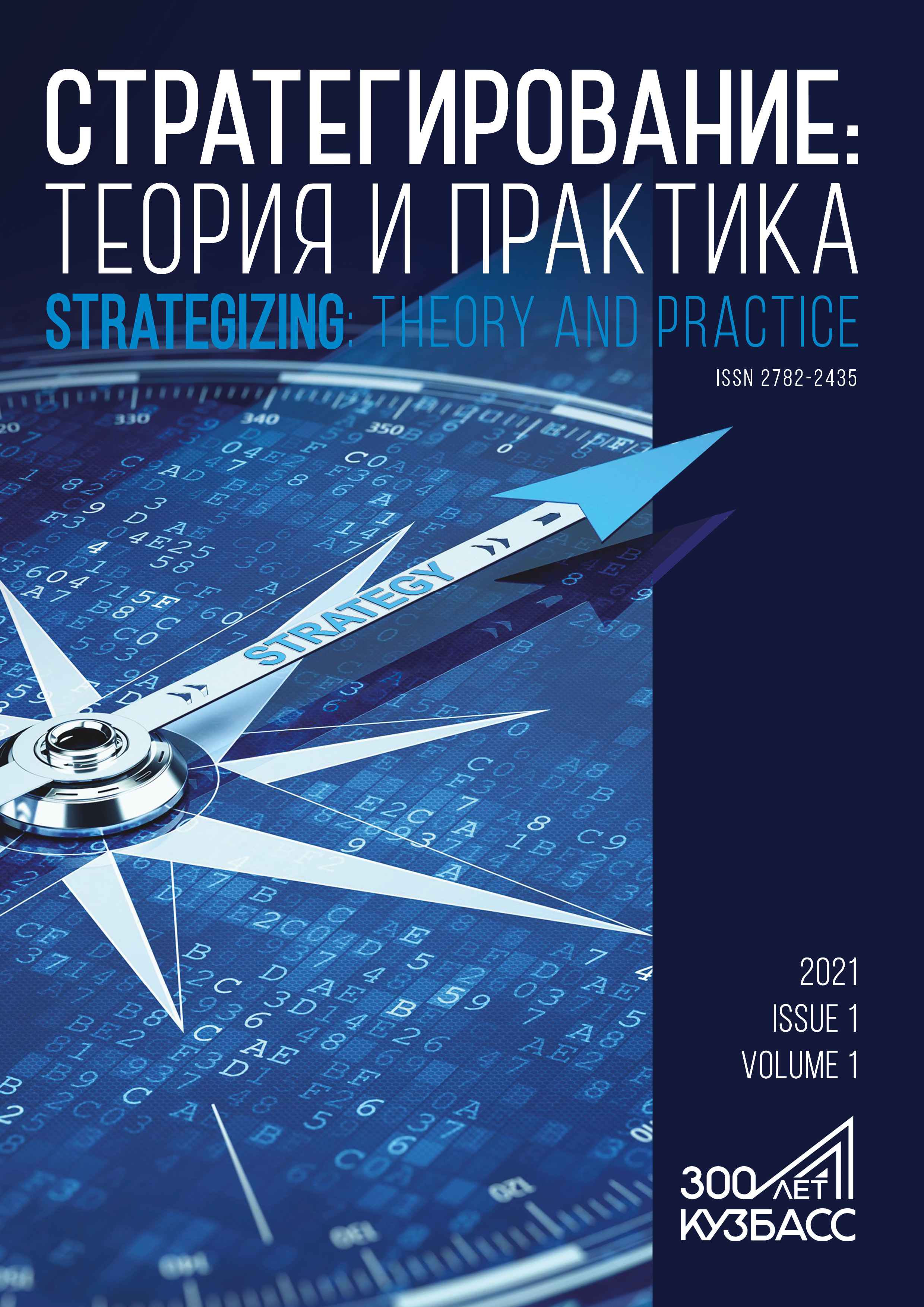Kemerovo, Russian Federation
Guryevsk, Russian Federation
Guryevsk, Russian Federation
Tourism has become an important economy sector in many Russian regions. The Kemerovo Region has accepted the Strategy of Socio-Economic Development through 2035, hence the need to strategize the development of new tourist destinations. The research objective was to determine various strategic directions for the development of tourism and hospitality industry in the Guryevsk municipal district. The research relied on the strategizing methods developed by Professor Vladimir Kvint, Foreign Member of the Russian Academy of Sciences, as well as on some general scientific research methods, e.g., abstract-logical, complexfactorial, economic-statistical, analogy, comparative and system analysis, etc. The study revealed a possibility of interregional clusters, national and business routes, environmental, medical and recreational cross-border and regional tourism, etc. The district has good industrial potential, combined with historical and cultural heritage. These strategic directions are able to fuel the local tourism and hospitality development. The authors believe that tourism is a key priority for Russian economy, as well as for the Kemerovo Region, where domestic tourism started to flourish during the COVID-19 pandemic. The region has extensive potential and opportunities to attract tourists, while its Guryevsk municipal district possesses all necessary prerequisites for the active development of tourism.
tourism, strategy, strategic directions, Kemerovo region – Kuzbass
1. Alabina TA. The evolution of economic research strategies: the role of the concept of strategizing VL Kvint. Administrative Consulting. 2021;8:139-149. https://doi.org/10.22394/1726-1139-2021-8-139-149 (In Russ.)
2. Golikov DP. Organizatsionno-ekonomicheskiy mekhanizm ispolzovaniya regionalnogo turistsko-resursnogo potentsiala [Organizational and economic mechanism for using the regional tourism potential]. Abstract cand. sci. econ. diss. Perm: Perm Institute of Tourism; 2005. 36 p. (In Russ.)
3. Dmitrieva NV, Sandrakova IV. Prospects for the development of intraregional tourism at the municipal level. Economic Development Research journal. 2020;11:25-31. (In Russ.)
4. Dzhandzhugazova EA. Formirovaniye strategii razvitiya regionalnogo turistsko-rekreatsionnogo kompleksa [Formation of the strategy for the development of the regional tourism and recreational complex]. Dr. sci. econ. diss. Moscow: Lomonosov Moscow State University; 2005. 254 p. (In Russ.)
5. Kvint VL. The concept of strategizing. Kemerovo: Kemerovo State University; 2020. 170 p. (In Russ.) https://doi.org/10.21603/978-5-8353-2562-7
6. Kvint VL. The concept of strategizing. Vol. 1. St. Petersburg: NWIM RANEPA, 2019. 132 p. (In Russ.)
7. Kvint VL. The concept of strategizing. Vol. 2. St. Petersburg: NWIM RANEPA, 2020. 164 p. (In Russ.)
8. Kiriyanova LG. «Tourist destination» as a complex concept and a key element of the tourist system. Bulletin of the Tomsk Polytechnic University. 2010;316(6):35-40. (In Russ.)
9. A conceptual future for the Kuzbass Region: Strategic outlines of developmental priorities through 2071, a 50-year perspective. Ed. Kvint VL. Kemerovo: Kemerovo State University; 2022. 283 p. (In Russ.)
10. Kuskov AS. Turistskoye resursovedeniye [Tourist resource studies]. Moscow: Academiya; 2008. 208 p. (In Russ.)
11. Strategic priorities of development of tourism and exhibition and fair activities in Kuzbass. AA Pyatovskiy [et al.]. Russian Journal of Industrial Economics. 2020;13(3):339-347. https://doi.org/10.17073/2072-1633-2020-3-339-347
12. Strategizing of the tourism and trade show industries in Kuzbass region. Ed. VL Kvint. Kemerovo: Kemerovo State University, 2021. 371 p. (In Russ.)
13. Khvorostyanaya AS, Ashalyan NL, Fillipova LA. Theoretical aspects of brand creation. Competitiveness in the Global World: Economics, Science, Technology. 2017;11:1403-1406. (In Russ.)
14. Chkhotua IZ, Vlasyuk LI, Zadorozhnaya GV. Strategic analysis of industrial tourism development in the regions of Russia: opportunities and threats. Economic Revival of Russia. 2021;4:156-174. (In Russ.)
15. Mezhdurechensk as a tourism and recreation cluster of prospective development. KV Yumatov [et al.]. Strategizing: Theory and Practice. 2022;2(1):130-146. (In Russ.) https://doi.org/10.21603/2782-2435-2022-2-1-130-146
16. Formica S, Uysal M. Destination attractiveness based on supply and demand evaluations: an analytical framework. Journal of Travel Research. 2006;44(4):418-430. https://doi.org/10.1177/0047287506286714
17. Kvint VL. Strategy for the global market: Theory and practical applications. New York: Routledge, 2015. 548 p. https://doi.org/10.4324/9781315709314
18. Leiper N. Tourism Management. 3d ed. N Leiper. Sidney: Pearson Education Australia, 2004. 326 p.
19. Ribeiro JC, Vareiro LC. The Tourist Potential of the Minho-Lima Region (Portugal). Visions for Global Tourism Industry. Creating and Sustaining Competitive Strategies. 2012;1:339-356. https://doi.org/10.5772/38197.
20. Ritchie B, Crouch G. The competitive destination: a sustainable tourism perspective. Cambridge: CAB International, 2003. 291 p.





